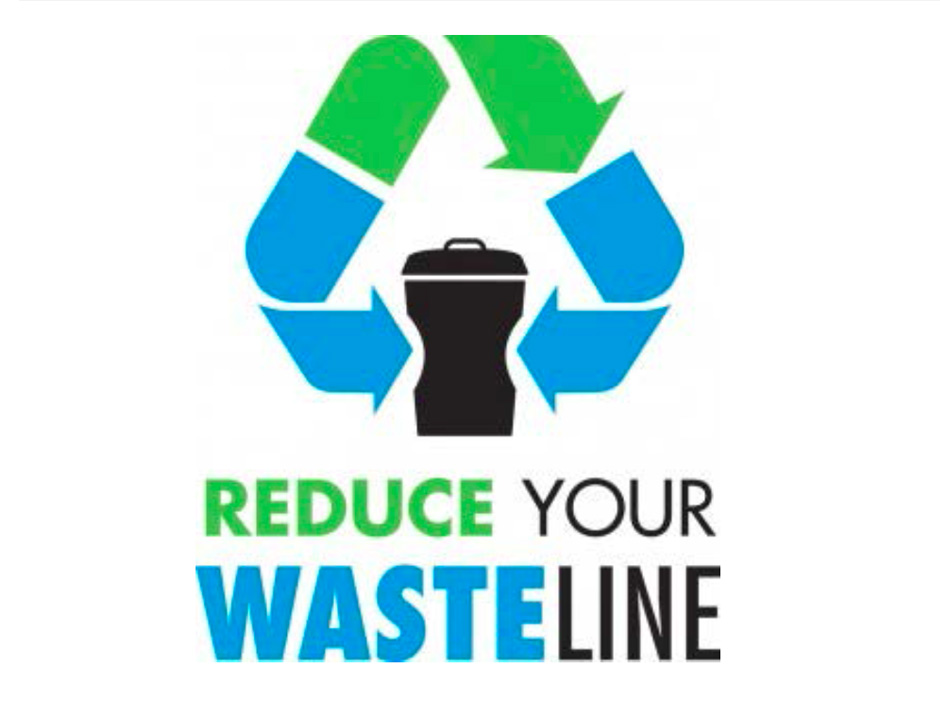Reducing Waste at the Pav
ReducingWasteatthePav (click PDF)
Spring 2013
Team members: Cara Bottorff, Annesley Berndt, Patrick Schuler, Richard Henry, Scott MacGregor
The Pav is a popular dining location on grounds comprised of multiple vendors. This location has huge untapped potential to become more sustainable. The Pav does not have composting, and only a few recycling bins which are poorly marked and poorly placed. The goal of our group was to attack the issue of sustainability at the Pav from three angles to find ways that it could be vastly improved. We approached our project by first creating better signage to place above waste bins to improve correct usage. We then graphed out the Pav to find the best location for new, better marked waste bins. Lastly, we looked at each food vendor in the Pav separately. We observed how sustainable they currently are based upon what sustainable materials they are using and we offered substitutes for unsustainable materials currently in use. If all of these measures are implemented, the Pav would have more sustainable materials that would be disposed of in the proper receptacle (trash, recycling, composting) that are clearly marked to help consumers utilize them. Our three phases are crucial to the Pav’s long-term sustainability and we implore management to seriously consider making these changes to ensure future viability.

